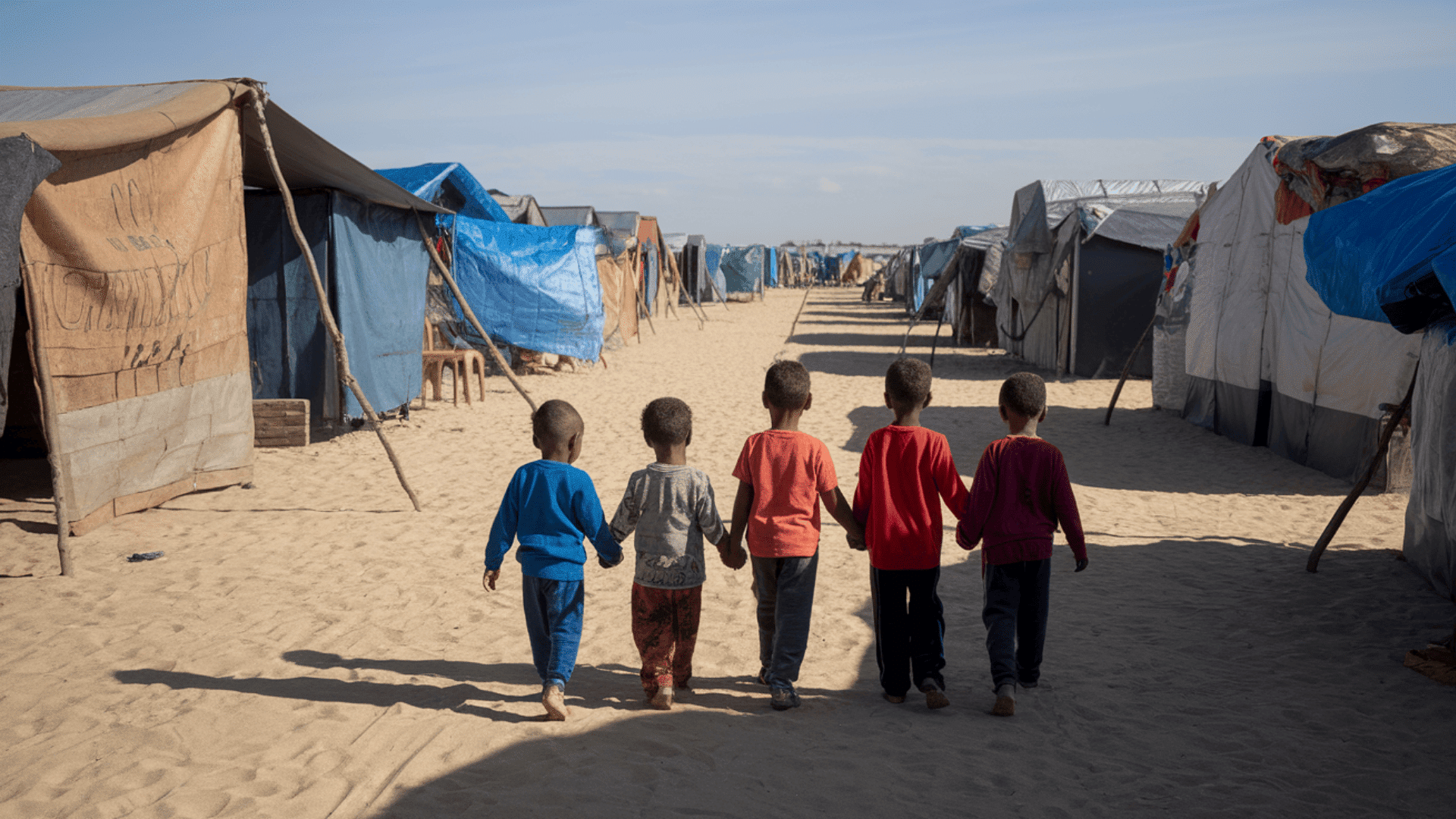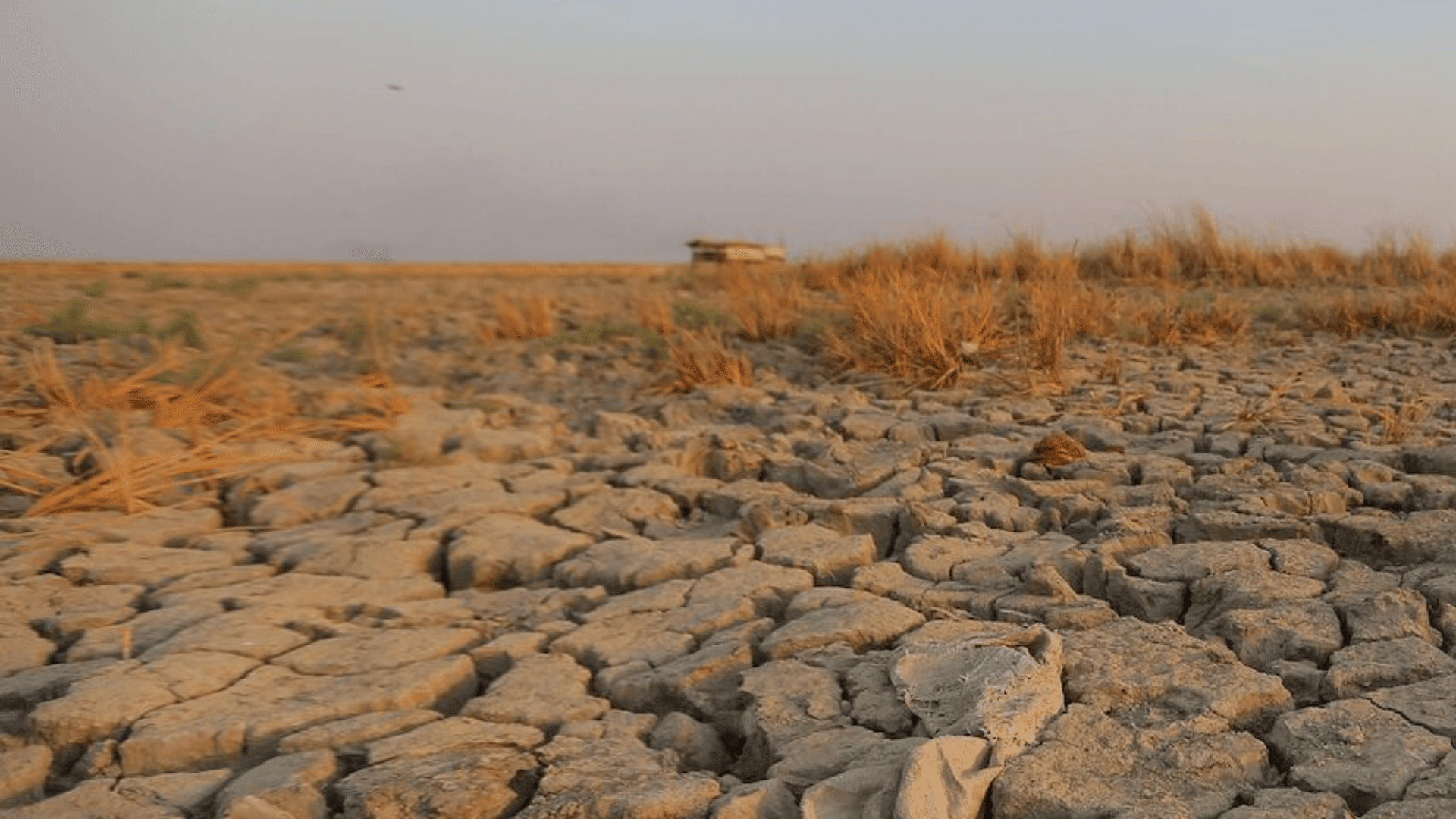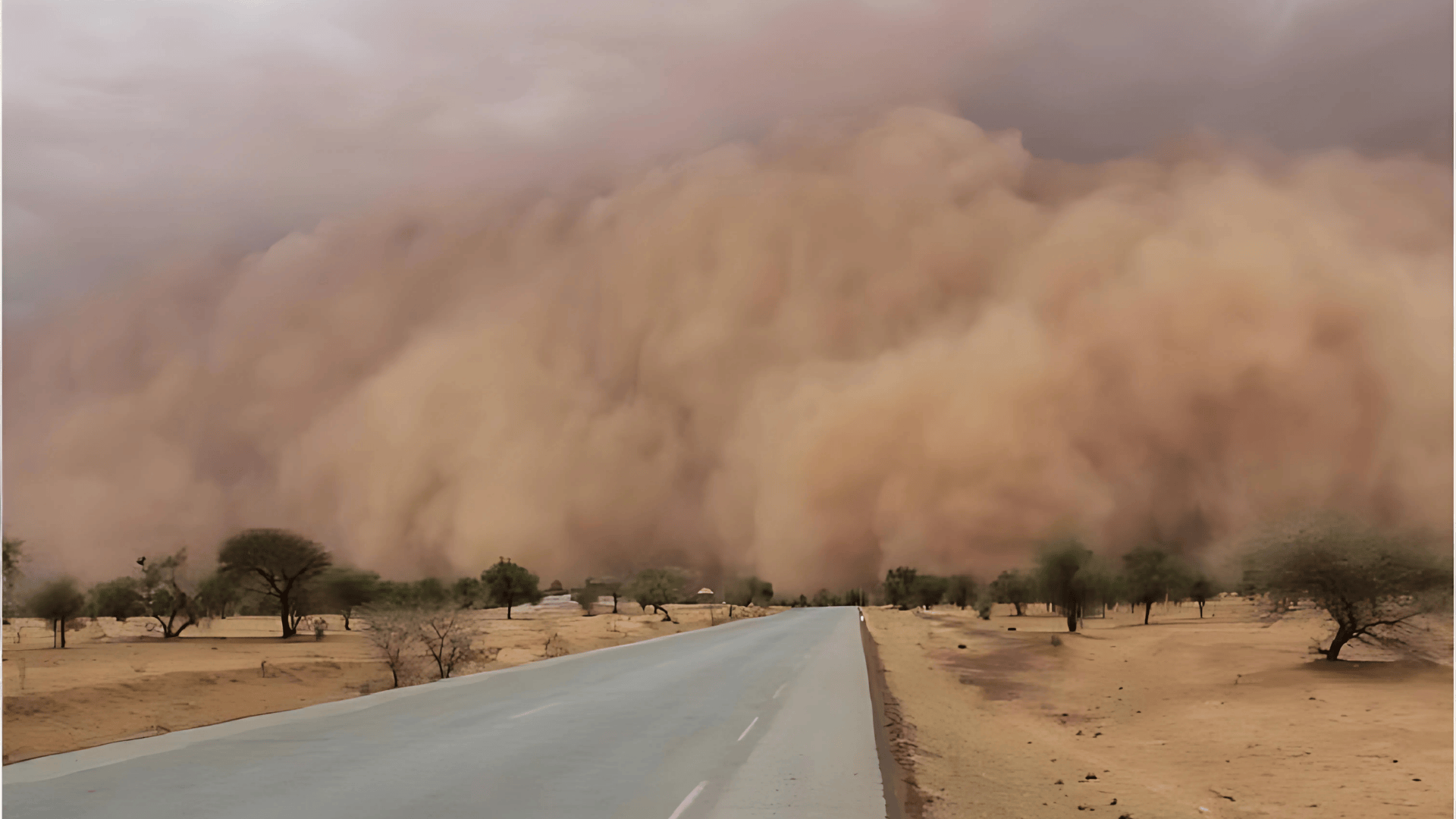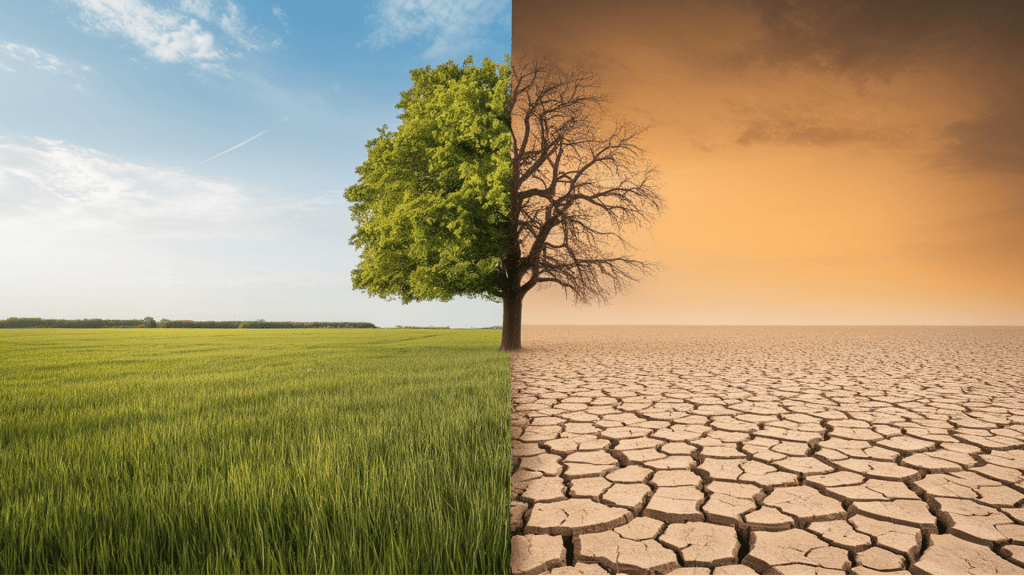Can rising temperatures really trigger wars? Most people associate climate change with melting ice and hotter summers. But there’s a much darker reality.
Around the world, droughts kill crops and spark fights over water. Floods force millions to flee their homes.
These aren’t just environmental problems; they’re security threats that can tear nations apart.
In this blog, I’ll show you exactly how climate change fuels global conflicts. You’ll see real-world examples and learn about the measures countries are taking to prevent climate-driven conflicts.
What Is Climate Security?
Climate security refers to the ways environmental changes threaten human safety and international stability. It’s not just about protecting the planet – it’s about protecting people from conflicts caused by environmental stress.
Climate security focuses on four key areas:
- Resource protection – Ensuring enough water, food, and land for everyone
- Population stability – Managing climate-driven migration and displacement
- Economic resilience – Helping communities survive environmental shocks
- Political stability – Preventing governments from collapsing during climate crises
Think of climate change as a threat multiplier. It doesn’t create conflicts out of nothing, but it exacerbates existing tensions.
A country with weak institutions becomes weaker during droughts. Ethnic tensions grow stronger when resources become scarce. Poor regions become even poorer after natural disasters strike.
How Climate Change Causes Conflict?
Climate change creates conflict through several interconnected pathways. Each one puts enormous pressure on communities and governments.
1. Water Scarcity Wars
Water disputes are becoming more common as rivers and lakes dry up. Over 40% of the world’s population already lives in water-stressed areas.
Conflicts emerge when:
- Countries upstream control water flow to nations downstream
- Farmers and herders compete for the same water sources
- Urban areas take water away from rural communities
- Cross-border rivers become flashpoints for international disputes
2. Food Crisis Violence
Failed harvests lead to hunger, and hungry people often take desperate action. Food insecurity can quickly spiral into violence.
Here’s how it typically unfolds:
- Extreme weather destroys crops and livestock
- Food prices spike dramatically
- People struggle to afford basic meals
- Protests and riots break out
- Governments lose control of the situation
Rural communities hit hardest by crop failures often join rebel groups or migrate to already overcrowded cities.
3. Climate Migration Pressure
Scientists predict that 200 million people could become climate refugees by 2050. This massive movement of people creates enormous social and political pressure.
Migration tensions arise when:
- Host communities feel overwhelmed by newcomers
- Competition increases for jobs and housing
- Cultural differences lead to social friction
- Public services become overstretched
4. Resource Competition
As productive land becomes scarce, different groups fight over what remains useful. These conflicts can quickly turn violent.
Common resource battles include:
- Pastoralists versus farmers over grazing rights
- Communities fighting for control of fertile land
- Nations claiming territory as their own lands become unusable
- Ethnic groups blame each other for resource shortages
Real-World Examples of Climate-Driven Conflicts
Climate change and conflict aren’t just theoretical; instead, they’re happening right now around the globe.
1. Darfur: When Rain Stops Falling

The conflict in Sudan’s Darfur region shows how drought can fuel ethnic violence. Starting in the 1980s, declining rainfall led to the destruction of traditional farming and grazing patterns.
Arab herders moved south in search of water and pasture. This brought them into conflict with African farming communities. Competition for shrinking resources helped trigger a war that killed over 300,000 people.
2. Syria: Drought Before War

Syria experienced its worst drought in 900 years from 2007 to 2010. The drought destroyed crops and livestock, forcing over 1.5 million people to move from rural areas to cities.
These climate refugees crowded into urban areas that were already struggling with poverty and unemployment. The social pressure contributed to the protests that eventually sparked Syria’s civil war in 2011.
3. The Sahel: A Perfect Storm

Africa’s Sahel region faces multiple climate pressures at once. Irregular rainfall, desertification, and population growth are creating a perfect storm for conflict.
Farmers and herders increasingly clash over land and water. Weak governments struggle to provide security. This instability has allowed terrorist groups like Boko Haram to gain strength across the region.
Countries and Regions Most at Risk
Some parts of the world face much higher risks of climate-driven conflict than others. Here are the key factors that make regions vulnerable:
| Risk Factor | High-Risk Regions | Why It Matters |
|---|---|---|
| Water stress | Middle East, North Africa, South Asia | Competition for scarce water resources |
| Food insecurity | Sub-Saharan Africa, Central America | Failed harvests lead to social unrest |
| Sea level rise | Small island states, coastal cities | Mass displacement and lost territory |
| Extreme weather | Horn of Africa, Central Asia | Droughts and floods destroy livelihoods |
| Weak governance | Fragile states worldwide | Inability to respond to climate shocks |
Countries facing the highest climate security risks include:
- Afghanistan, Chad, and Somalia (multiple vulnerabilities)
- Bangladesh and the Philippines (sea level rise and storms)
- Guatemala and Honduras (drought and food insecurity)
- Iraq and Yemen (water scarcity and political instability)
Solutions to Prevent Climate-Linked Conflicts
Preventing climate-driven conflicts requires action on multiple fronts. Countries are starting to take this threat seriously.
1. Early Warning Systems: Governments are developing systems to predict and prepare for climate-related security risks. These systems track rainfall, crop yields, and population movements to identify potential areas of concern.
2. Climate Adaptation Programs: Effective programs help communities adapt to changing conditions before conflicts arise. They focus on building drought-resistant crops and better farming techniques.
3. International Cooperation: Climate security necessitates international cooperation. This includes sharing water resources fairly, coordinating migration policies, and providing aid during climate emergencies.
4. Military Preparedness: Armed forces worldwide are preparing for climate-related security challenges. This means training for disaster response, humanitarian missions, and managing climate refugees.
5. Conflict Prevention Diplomacy: Diplomats are learning to spot early signs of climate-related tensions. Quick intervention can often prevent small disputes from becoming major conflicts.
Conclusion
Climate change and conflict are more connected than most people realize. Droughts spark water wars. Failed harvests trigger food riots. Mass migration creates social tension.
But this isn’t an unstoppable process. Countries that prepare early, build strong institutions, and work together can prevent climate change from fueling global conflicts.
The key is recognizing that environmental security and human security go hand in hand.
The examples from Darfur, Syria, and the Sahel show us what happens when we ignore these warning signs.
The time to act is now, before climate change makes conflicts even harder to prevent or resolve.
What do you think is the most important step countries should take to prevent climate-driven conflicts? Share your thoughts in the comments below.





































